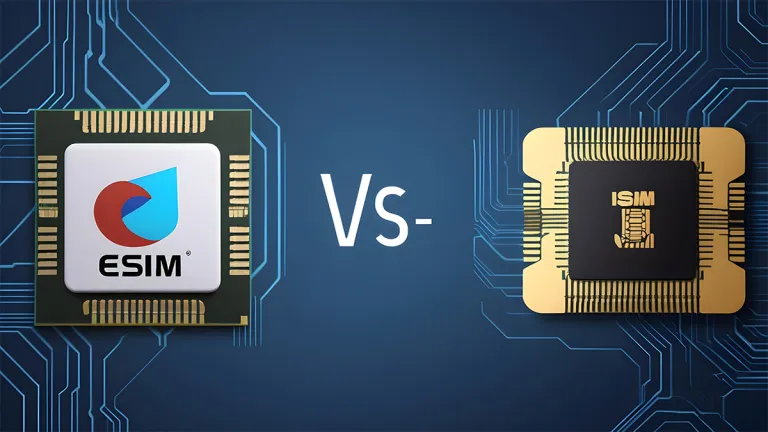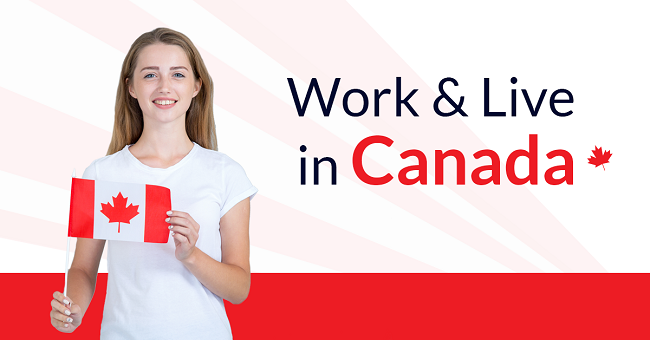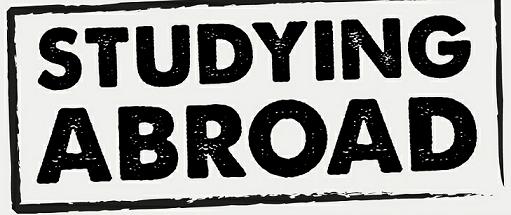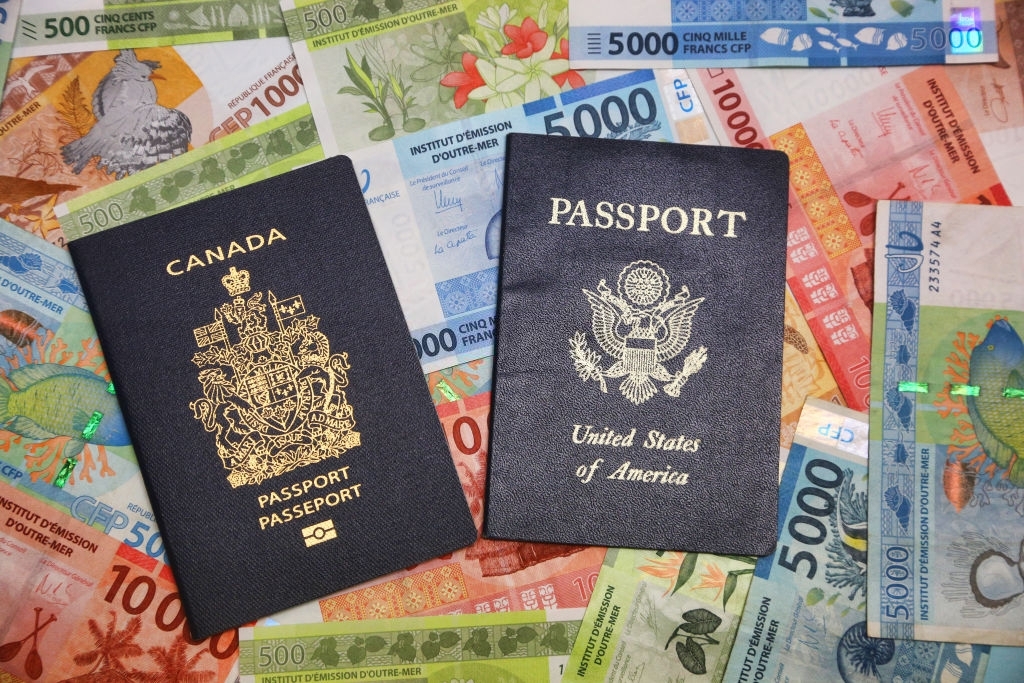
Are you looking for a job in Australia but don’t have a permanent residency or citizenship? If so, you might be interested in finding Australian companies offering visa sponsorship.
Visa sponsorship is when an employer agrees to sponsor your visa application, which means they will cover the costs and provide the necessary documents to help you get a work visa.
This can be a great way to secure a job in Australia and enjoy the benefits of living and working in the land down under.
However, finding Australian companies that offer visa sponsorship is not easy. There are many factors that affect the availability and eligibility of visa sponsorship, such as the type of visa, the occupation, the skills, the experience, the location, and the demand.
Moreover, not all employers are willing or able to sponsor foreign workers, as it can be a complex and costly process.
So, how can you find Australian companies that offer visa sponsorship? Let’s check together!
Understand the Different Types of Work Visas
The first step to finding Australian companies that offer visa sponsorship is to understand the different types of work visas that are available. There are many types of work visas in Australia, each with its own requirements, conditions, and benefits. Some of the most common ones are:
Temporary Skill Shortage (TSS) visa (subclass 482)
This is a temporary visa that allows skilled workers to work in Australia for up to four years, depending on the occupation and the employer’s needs. The employer must nominate the worker and prove that they cannot find a suitable Australian worker for the position.
The worker must also meet the occupation’s skills, qualifications, and English language requirements. This visa has three streams: short-term, medium-term, and labor agreements.
Employer Nomination Scheme (ENS) visa (subclass 186)
This is a permanent visa that allows skilled workers to work and live in Australia indefinitely. The employer must nominate the worker and meet the sponsorship obligations. The worker must also meet the occupation’s skills, qualifications, experience, and English language requirements. This visa has three streams: temporary residence transition, direct entry, and labor agreement.
Regional Sponsored Migration Scheme (RSMS) visa (subclass 187)
This is a permanent visa that allows skilled workers to work and live in a regional or low-population area of Australia indefinitely. The employer must nominate the worker and meet the sponsorship obligations.
The worker must also meet the occupation’s skills, qualifications, experience, and English language requirements. This visa has two streams: temporary residence transition and direct entry.
Skilled Independent visa (subclass 189)
This is a permanent visa that allows skilled workers to work and live in Australia indefinitely without a sponsor. The worker must submit an expression of interest and be invited to apply by the Australian government.
The worker must also meet the occupation’s skills, qualifications, experience, and English language requirements. This visa is based on a points system, which means the worker must score at least 65 points on various factors, such as age, education, work experience, and language skills.
Skilled Nominated visa (subclass 190)
This permanent visa allows skilled workers to work and live in Australia indefinitely with a sponsor. The worker must submit an expression of interest and be nominated by a state or territory government. The worker must also meet the occupation’s skills, qualifications, experience, and English language requirements.
This visa is also based on a points system, which means the worker must score at least 65 points on various factors, such as age, education, work experience, language skills, and state nomination.
These are just some of the work visas that are available in Australia. There are also other visas that are specific to certain occupations, industries, or situations, such as the Working Holiday visa, the Skilled Work Regional visa, the Global Talent visa, and the Business Innovation and Investment visa. You can find more information about the different types of work visas on the Australian Government Department of Home Affairs website.
Research the Occupations That Are in Demand
The next step to finding Australian companies that offer visa sponsorship is to research the occupations that are in demand in Australia.
This can help you narrow your search and increase your chances of finding a sponsor. Some of the factors that affect the demand for occupations are:
- The Skilled Occupation List (SOL): This is a list of occupations that are eligible for the Skilled Independent visa and the Skilled Nominated visa. The list is updated regularly based on the current and future needs of the Australian labour market. The current SOL is on the Australian Government Department of Home Affairs website.
- The Short-term Skilled Occupation List (STSOL): This is a list of occupations that are eligible for the TSS visa (short-term stream) and the ENS visa (direct entry stream). The list is also updated regularly based on the current and future needs of the Australian labor market. You can find the current STSOL here.
- The Medium and Long-term Strategic Skills List (MLTSSL): This is a list of occupations that are eligible for the TSS visa (medium-term stream), the ENS visa (temporary residence transition stream and direct entry stream), and the RSMS visa (temporary residence transition stream and direct entry stream). The list is also updated regularly based on the current and future needs of the Australian labor market. The current MLTSSL is on the Australian Government Department of Home Affairs website.
- The Regional Occupation List (ROL): This is a list of occupations that are eligible for the TSS visa (labor agreement stream), the ENS visa (labor agreement stream), the RSMS visa (direct entry stream), and the Skilled Work Regional visa. The list is also updated regularly based on the current and future needs of the regional areas of Australia.
By checking these lists, you can see which occupations are more likely to have visa sponsorship opportunities in Australia. However, you should also keep in mind that these lists are not exhaustive and that there may be other occupations that are not on the lists but still have visa sponsorship potential.
When choosing an occupation, you should also consider other factors, such as your skills, qualifications, experience, and location preferences.
Platforms and Resources to Find Potential Employers
The final step to finding Australian companies that offer visa sponsorship is to use online platforms and resources to find potential employers. There are many websites and tools that can help you in your search, such as:
- LinkedIn: This social media platform connects professionals from different fields and industries. You can use LinkedIn to create a profile that showcases your skills, qualifications, experience, and achievements. You can also use LinkedIn to network with other professionals, join groups, follow companies, and apply for jobs. LinkedIn also has a feature that allows you to search for jobs by visa sponsorship, such as LinkedIn.
- Company websites: These are websites that belong to specific companies or organizations that may offer visa sponsorship. You can use company websites to learn more about the company, its culture, values, mission, vision, products, services, and opportunities. You can also use company websites to apply for jobs directly or contact the company for more information.
Some Australian Companies Offering Visa Sponsorship
- Amazon
- Microsoft
- BHP Billiton
- Westpac
- Commonwealth Bank
- National Australia Bank
- Telstra
- CSL Limited
It’s important to keep in mind that a company may not sponsor your visa simply because it is included on the List of Australian Companies That Sponsor Visa. You still have to meet the job standards the business sets and make it through the hiring procedure.
Bottomline
The last tip to finding Australian companies that offer visa sponsorship is to be flexible and persistent in your search. You should be open to different opportunities and locations, as visa sponsorship may not be available in your preferred field or area.
The visa sponsorship is competitive and complex. You should not give up easily and keep applying and networking until you find a suitable employer and visa.
Finding Australian companies that offer visa sponsorship is not impossible, but it requires a lot of research, preparation, and patience.






